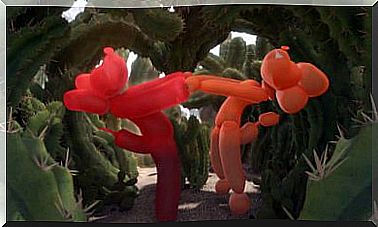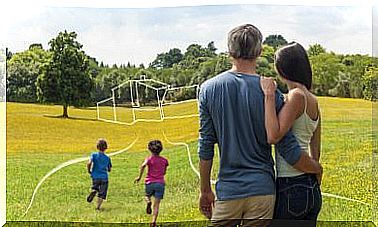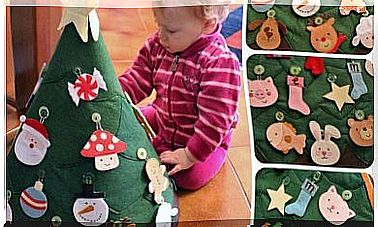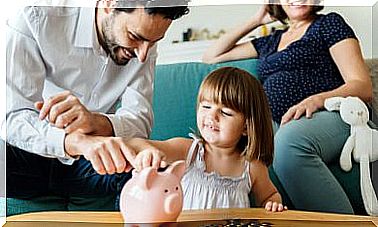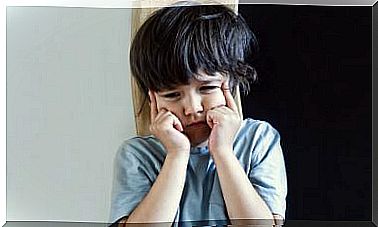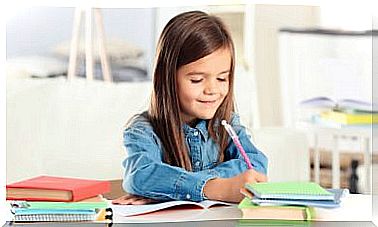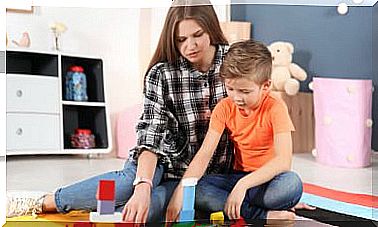Mindfulness For Children
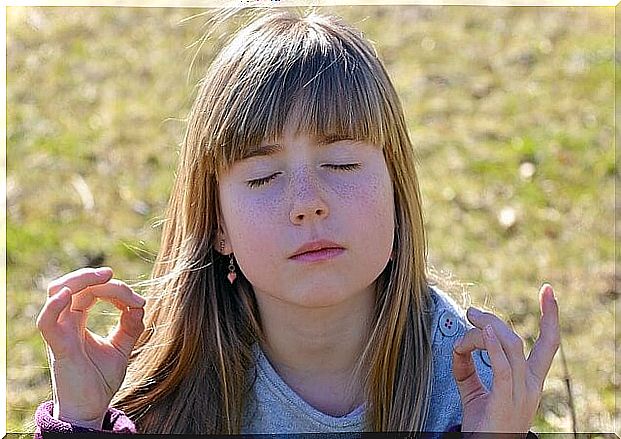
It is known as mindfulness, or mindfulness, the state of total concentration towards certain thoughts, emotions and perceptions are happening at that moment or belong to memories.
In this phase of meditation, the mind is completely free of all ideas or concerns that may disturb it and concentrates on reviewing, step by step, the image or situation that is being perceived or memorized.
To be more specific: we forget everything and concentrate on detailing only one thing.
When we meditate, we do not consider such appreciations as good or bad, we only accept them.
We do not judge, we do not value … it is only a matter of assimilating what is perceived.
If at this minute you are wondering how mindfulness can help your child, we will answer it shortly.
Benefits of mindfulness for children
Mindfulness during childhood improves memory, learning, creative spirit, attention, concentration and academic performance.
Therapies supported by mindfulness techniques in childhood are convenient for children to:
• Develop the ability to ignore distractions that not infrequently disturb your attention
• Relax, be calmer and be patient
• Develop your emotional intelligence so that you can have greater control of your emotions
• Feel happier with yourself and with those around you
• Learn to listen
• Enjoy past situations again or can recreate what they live in the present without paying constant attention to their past or future
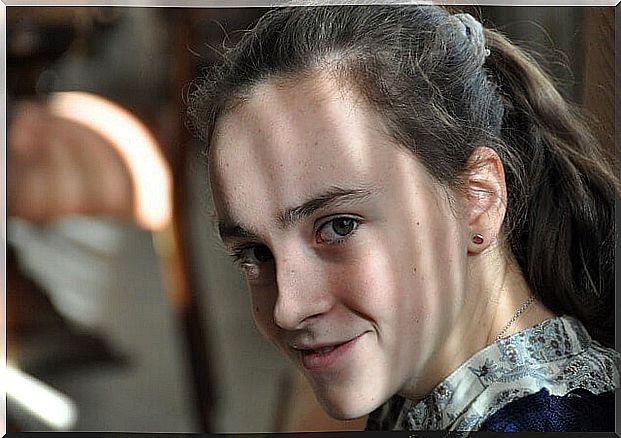
• They can review in detail situations lived and once they finish, it is possible for them to make an assessment of each of the situations in order to make better decisions
• The anxiety and stress that they may be feeling is reduced
• Be equanimous, altruistic and empathic
• They feel more confident about themselves and their inner position
• They become more sensitive, kind and respectful towards others
• Plan and carry out their tasks in a better way
Exercises to introduce children to the mindfulness technique
Mom, so that your child can concentrate and meditate, at least in the first stage when he is fully learning the technique, find a quiet place where they do not have many distractions such as external noises or the entering and leaving of a member of the family.
It is also important that you set a schedule for exercises (such days of the week and at such times) and try not to violate this routine.
If you have noticed, children love to hear over and over the same story, the same song …
The actions in their games are repetitive: they put a doll here, they take it out and put another one, they pick it up again and they put the first one again…, well.
Repetition makes them review the same action over and over again, in this way, they learn.
For this reason, to introduce your child to mindfulness, do not worry if he always asks you to do the same exercise, but quite the opposite, rejoice, because that means that he learns and feels good during the sessions.
Also keep in mind that therapy should become a fun game, otherwise your child will not want to have anything to do with it.
To help you and awaken your interest, we have reserved these exercises for you.
2 Mindfulness exercises for visual concentration
For the first exercise, place several objects, or pictures with figures and images, in front of your child.
Ask him to take a good look at them.
After a few minutes tell him to close his eyes and start breathing slowly. Let him take a deep breath and then let the air out slowly.
As he does so, let him review, in detail, what he just saw.
For the second exercise, light a candle in a room where there is no wind.

Just as during the first exercise, tell your little one to breathe slowly and deeply, but this time without closing his eyes.
The exercise consists of looking closely at the candle and only blinking at intervals (when the sight requires).
Your child should look at the flaming, smooth-moving flame for about 3 to 5 minutes.
1 Mindfulness exercise for auditory and tactile concentration
To carry out this exercise you must bring together a group of children, or failing that, other members of the family.
Each person should be blindfolded, keep quiet, and stand in a circle or side by side.
The practice consists of passing a certain object so that it does not fall to the ground.
To achieve this purpose, your child and the other members will use every stimulus they can perceive.
They will use their ears to listen to their partner’s breathing and any other sounds that can tell them where the object is.
And through the sense of touch they will feel the hands of whoever is next to them.
With 4 or 5 times that the object is passed from hand to hand it will be enough.
